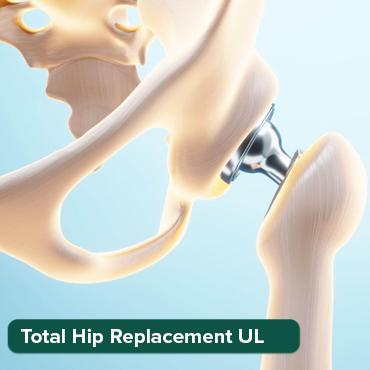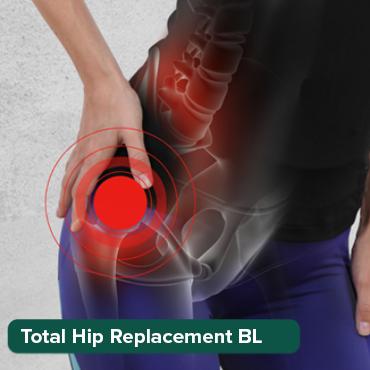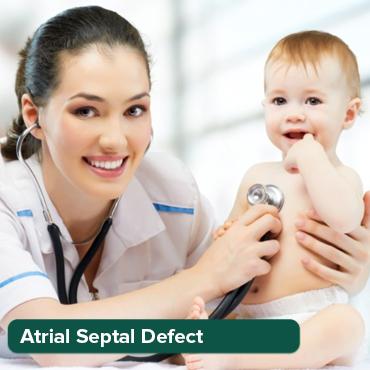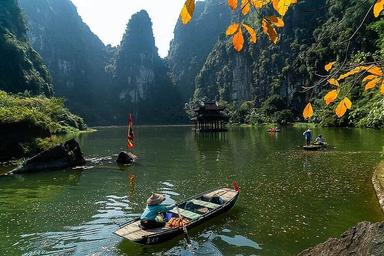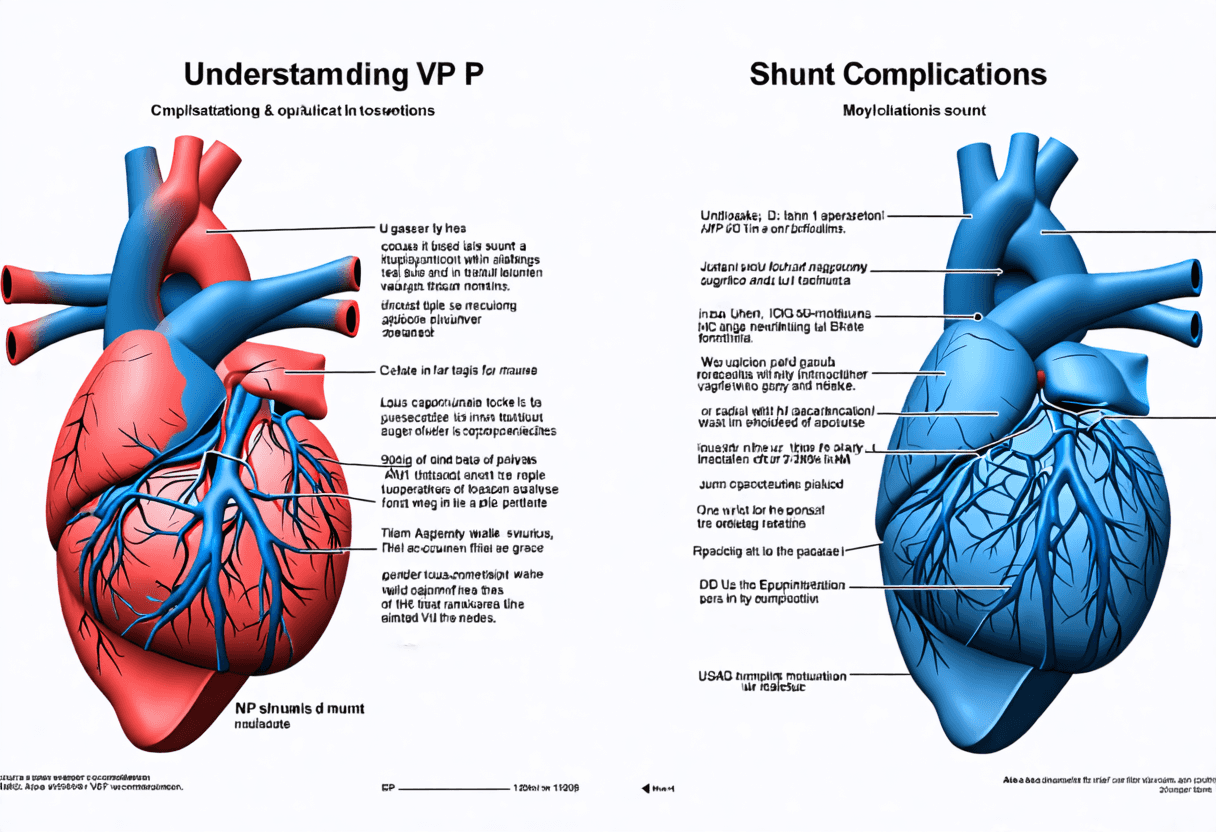
Understanding VP Shunt Complications
04 Dec, 2024
 Healthtrip
HealthtripWhen it comes to treating hydrocephalus, a condition characterized by an abnormal accumulation of cerebrospinal fluid in the brain, a ventriculoperitoneal (VP) shunt is often the go-to solution. This medical device is designed to drain excess fluid from the brain and redirect it to the abdominal cavity, where it can be absorbed by the body. While VP shunts have been instrumental in improving the lives of countless individuals, they're not without their risks. In fact, VP shunt complications can be a daunting reality for many patients. In this post, we'll delve into the world of VP shunts, exploring the potential complications that can arise and what you can do to mitigate them.
Understanding VP Shunts: A Brief Overview
A VP shunt is a medical device consisting of three main components: a ventricular catheter, a valve, and a distal catheter. The ventricular catheter is inserted into the brain's ventricle, where it collects excess cerebrospinal fluid. This fluid then flows through the valve, which regulates the flow, and into the distal catheter, which is implanted in the abdominal cavity. The fluid is then absorbed by the body, alleviating pressure on the brain. While VP shunts have revolutionized the treatment of hydrocephalus, they're not without their limitations.
Most popular procedures in India
Common VP Shunt Complications
One of the most common VP shunt complications is shunt malfunction. This can occur due to a variety of reasons, including blockages, kinking, or disconnection of the catheter. When this happens, the shunt fails to drain excess fluid, leading to a buildup of pressure in the brain. This can result in a range of symptoms, including headaches, nausea, vomiting, and even seizures. Other common complications include infection, which can occur at the site of the shunt or in the abdominal cavity, and overdrainage, which can lead to dehydration and electrolyte imbalances.
Wellness Treatments
Give yourself the time to relax
Lowest Prices Guaranteed!

Lowest Prices Guaranteed!
The Emotional Toll of VP Shunt Complications
Living with a VP shunt can be a constant source of anxiety and uncertainty. The fear of shunt malfunction or infection can be overwhelming, leaving individuals feeling like they're walking on eggshells, never knowing when disaster might strike. This emotional toll can be just as debilitating as the physical symptoms themselves. It's essential for patients and their loved ones to acknowledge the emotional impact of VP shunt complications and seek support from healthcare professionals, support groups, and loved ones.
Coping with VP Shunt Complications
So, what can you do to mitigate the risks associated with VP shunts? First and foremost, it's crucial to work closely with your healthcare team to monitor your shunt and address any issues promptly. Regular check-ups and imaging tests can help identify potential problems before they become severe. Additionally, practicing good hygiene, avoiding contact sports, and taking steps to prevent infection can go a long way in reducing the risk of complications. Finally, don't be afraid to speak up and advocate for yourself – if you're experiencing symptoms or concerns, don't hesitate to reach out to your healthcare team.
Healthtrip: Your Partner in VP Shunt Care
At Healthtrip, we understand the complexities and challenges associated with VP shunts. Our team of medical experts is dedicated to providing personalized care and support to individuals living with hydrocephalus and VP shunts. From initial consultations to post-operative care, we're committed to helping you navigate the complexities of VP shunt management. With our comprehensive approach, you can rest assured that you're in good hands.
By acknowledging the potential complications associated with VP shunts and taking proactive steps to mitigate them, you can regain control over your health and well-being. Remember, you're not alone – with the right support and care, you can thrive despite the challenges posed by VP shunt complications.
Conclusion
In conclusion, VP shunts are a vital treatment option for individuals living with hydrocephalus. While they're not without their risks, by understanding the potential complications and taking steps to mitigate them, you can minimize the emotional and physical toll of VP shunt complications. At Healthtrip, we're committed to providing you with the care and support you need to thrive. Don't let VP shunt complications hold you back – take control of your health today.
Most popular wellness packages
Related Blogs

Long-Term Follow-Up After Eye Surgery
Detailed insights into eye surgery – doctors, hospitals, technology, recovery,

Healthtrip’s Transparency in Eye Surgery Pricing and Packages
Detailed insights into eye surgery – doctors, hospitals, technology, recovery,

Frequently Asked Questions About Eye Surgery
Detailed insights into eye surgery – doctors, hospitals, technology, recovery,

Advanced Robotic Technology Used in Eye Surgery
Detailed insights into eye surgery – doctors, hospitals, technology, recovery,

How Healthtrip Supports Foreign Patients for Eye Surgery in India
Detailed insights into eye surgery – doctors, hospitals, technology, recovery,

Top Medical Packages for Eye Surgery Offered by Healthtrip
Detailed insights into eye surgery – doctors, hospitals, technology, recovery,
